NAPA product to replace Turface
zippelk
13 years ago
Related Stories
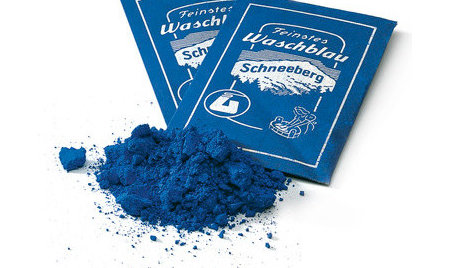
PRODUCT PICKSGuest Picks: Tools and Accessories for Inspired Spring Cleaning
You'll be happy to roll up your sleeves and get to work cleaning around the home with these accoutrements at the ready
Full Story
KITCHEN DESIGNKitchen of the Week: Simple Lines and Bold Color
When imagining a new look for this space, the designer started with orange
Full Story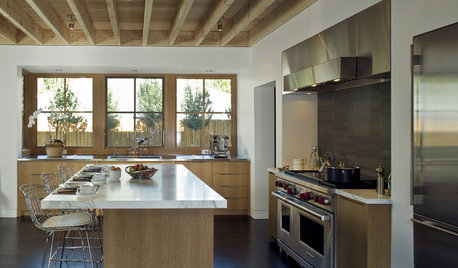
MATERIALSAn Architect Shares His Go-To Materials
Aluminum doors, porcelain tiles, polished concrete. Here are the features and finishes this professional returns to time and again
Full Story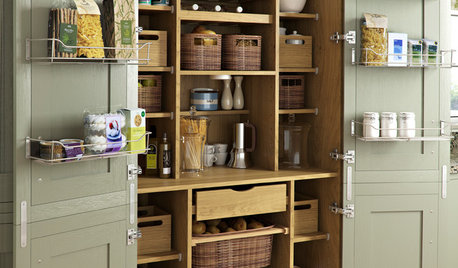
KITCHEN PANTRIES80 Pretty and Practical Kitchen Pantries
This collection of kitchen pantries covers a wide range of sizes, styles and budgets
Full Story
KITCHEN DESIGN91 Kitchen Banquettes to Start Your Morning Right
Slide into one of these stylish breakfast nooks and stay awhile
Full Story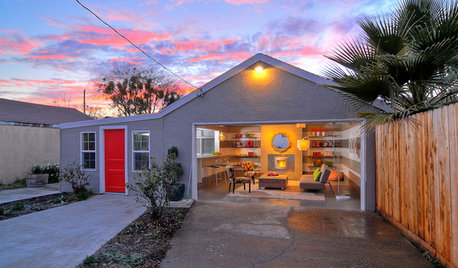
MORE ROOMSBehind a Garage Door, a Family Fun Room
Designer Kerrie Kelly's secrets to this low-budget garage makeover: a soothing palette, horizontal stripes and dashes of color
Full Story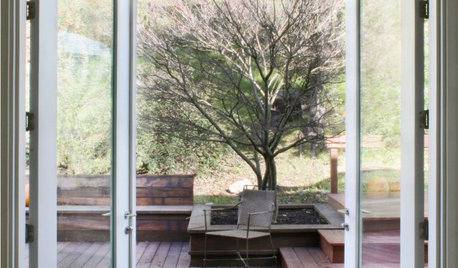
MOST POPULARFind the Right Glass Door for Your Patio
It’s more than just a patio door — it’s an architectural design element. Here’s help for finding the right one for your home and lifestyle
Full Story
DECORATING GUIDES10 Design Tips Learned From the Worst Advice Ever
If these Houzzers’ tales don’t bolster the courage of your design convictions, nothing will
Full Story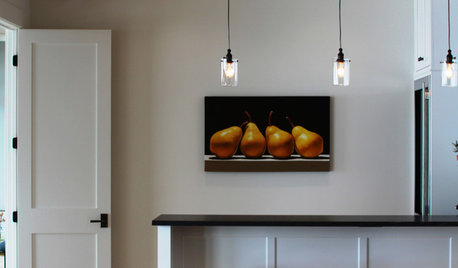
DOORSKnow Your House: Interior Door Parts and Styles
Learn all the possibilities for your doors, and you may never default to the standard six-panel again
Full Story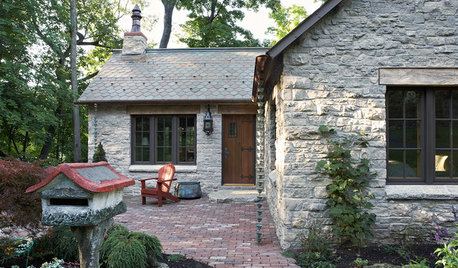
GREEN BUILDINGHouzz Call: What Have You Salvaged for Home Use?
If your floors, furniture, exterior materials or other home elements have a past life, we'd like to hear the story
Full Story







mksmth zone 7a Tulsa Oklahoma
puglvr1
Related Professionals
Lake Oswego Landscape Architects & Landscape Designers · Maple Valley Landscape Contractors · Bell Gardens Landscape Contractors · Cary Landscape Contractors · El Reno Landscape Contractors · Florham Park Landscape Contractors · Lees Summit Landscape Contractors · Newberg Landscape Contractors · San Carlos Park Landscape Contractors · Hinsdale Solar Energy Systems · Shelton Solar Energy Systems · Wildomar Solar Energy Systems · Lansdowne Window Contractors · Gresham Fence Contractors · Whittier Fence Contractorstapla (mid-Michigan, USDA z5b-6a)
jojosplants
gtippitt
zippelkOriginal Author
imstillatwork
zippelkOriginal Author
tapla (mid-Michigan, USDA z5b-6a)
zippelkOriginal Author
imstillatwork
zippelkOriginal Author
imstillatwork
cebury
penfold2
wayner123
gtippitt
zippelkOriginal Author
cebury
zippelkOriginal Author
cebury
romain
tapla (mid-Michigan, USDA z5b-6a)
puglvr1
penfold2
tapla (mid-Michigan, USDA z5b-6a)